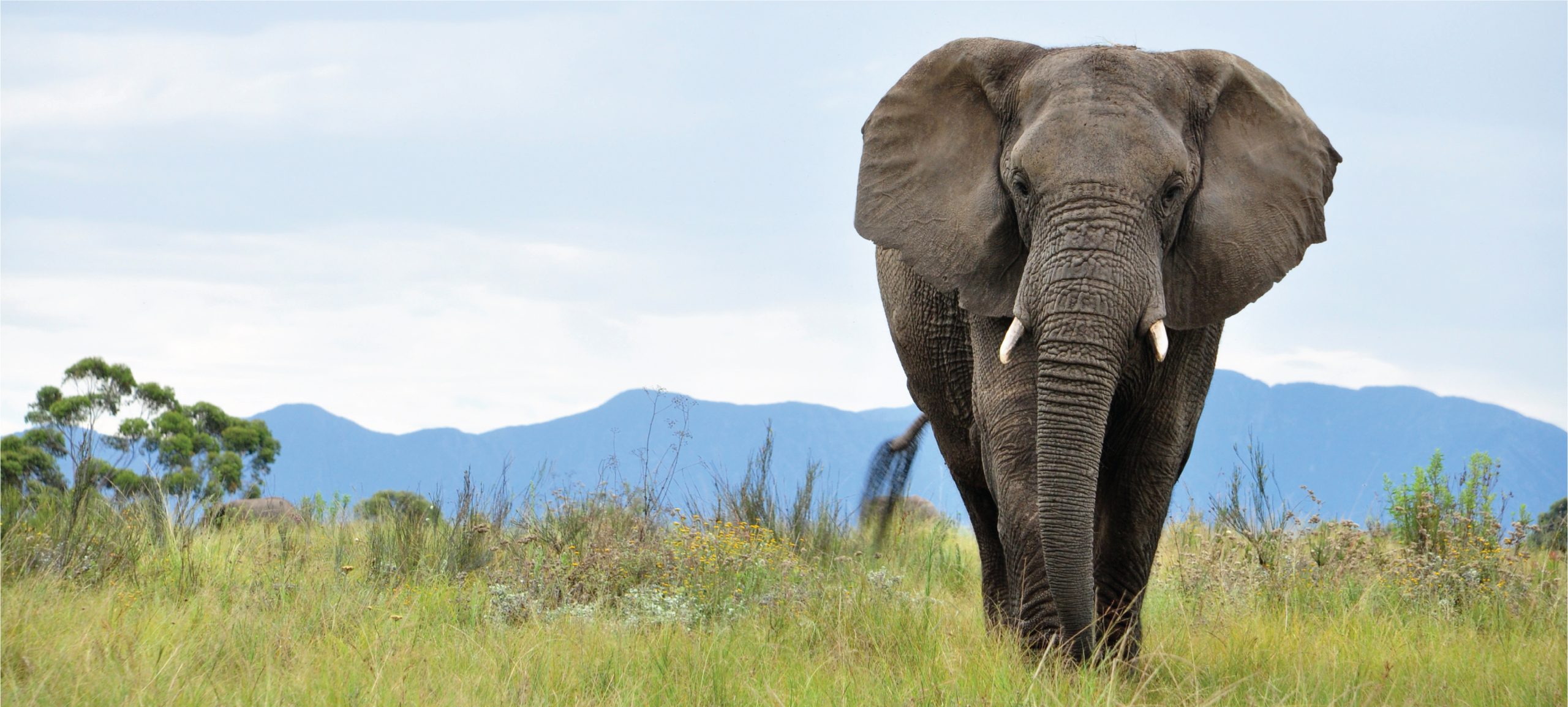-

Broad-faced Potoroo
Discover the mysterious Broad-faced Potoroo (Potorous platyops), a small marsupial native to Australia that became extinct in the 19th century. With its unique wide face and nocturnal foraging habits, this elusive creature played a crucial role in its ecosystem, aiding in soil aeration and seed dispersal. Explore the fascinating attributes and ecological impact of this…
-

Nullarbor Dwarf Bettong
Discover the enchanting Nullarbor Dwarf Bettong (Bettongia pusilla), a small, nocturnal marsupial native to Australia’s arid Nullarbor Plain. With its charming appearance and critical ecological role in soil aeration and seed dispersal, this vulnerable species faces significant threats due to habitat loss and introduced predators. Learn about its unique behaviors, remarkable adaptations, and the conservation…
-

Northern Bettong
Discover the Northern Bettong (Bettongia tropica), a small, nocturnal marsupial native to the wet tropical forests of northeastern Queensland, Australia. Known for its agile movements and specialized diet of fungi, this elusive creature plays a crucial role in its ecosystem by aiding in fungal spore dispersal. With its unique adaptations and endangered status, the Northern…
-

Desert Rat Kangaroo
Discover the remarkable Desert Rat Kangaroo (*Notomys alexis*), a small marsupial expertly adapted to the arid landscapes of Australia. With its unique physical traits, nocturnal habits, and vital ecological role as a seed disperser, this endangered species captivates wildlife enthusiasts and researchers alike. Explore its fascinating adaptations and the ongoing conservation efforts aimed at protecting…
-

Gilbert’s Potoroo
Discover the fascinating world of Gilbert’s Potoroo (Potorous gilbertii), a critically endangered marsupial endemic to Australia and once thought extinct until its rediscovery in 1994. This small, nocturnal mammal plays a vital ecological role by dispersing fungal spores while relying on a specialized diet of truffles. Learn about their unique physical characteristics, behaviors, and the…
-

Long-footed Potoroo
Discover the fascinating Long-footed Potoroo, a small, nocturnal marsupial native to southeastern Australia, renowned for its unique adaptations and critical ecological role. With its elongated hind feet, this elusive creature thrives in dense forests, primarily feeding on fungi and contributing to soil health and plant diversity. Despite its importance, the Long-footed Potoroo faces significant threats,…
-

Rufous Bettong
Discover the fascinating Rufous Bettong (Aepyprymnus rufescens), a small nocturnal marsupial native to Australia, known for its distinctive reddish-brown fur and rat-like appearance. As solitary foragers, these unique creatures play vital ecological roles through burrowing and seed dispersal, while their nesting skills and adaptations ensure survival in diverse habitats. Explore the importance of conservation efforts…
-

Desert Bettong
Discover the intriguing Desert Bettong, a small marsupial native to Australia’s arid landscapes. Known for its remarkable adaptability, this nocturnal species plays a crucial role in ecosystem health through seed dispersal and soil aeration. Learn about its unique behaviors, physical characteristics, and conservation status, as we explore why protecting the Desert Bettong is vital for…
-

Eastern Bettong
Discover the intriguing world of the Eastern Bettong, a small, nocturnal marsupial native to Tasmania, known for its crucial ecological role as an “ecosystem engineer.” With its distinctive grey-brown fur and prehensile tail, this adorable creature thrives in open woodlands, where it forages for fungi and seeds, supporting soil health and plant diversity. As a…
-

Burrowing Bettong
Discover the fascinating world of the Burrowing Bettong, or Boodie, a small marsupial native to Australia. Once widespread, these nocturnal creatures now thrive primarily on offshore islands and in conservation areas, where their intricate burrowing systems play a vital role in soil health and seed dispersal. Learn about their unique adaptations, social behaviors, and the…
Search
Popular Posts
-
Lampropeltis abnorma
Discover the striking Lampropeltis abnorma, or Central American Kingsnake, known for its vibrant coloration and smooth, glossy scales. Found in Central America’s tropical rainforests, this nocturnal predator plays a crucial role in its ecosystem by controlling pest populations and maintaining balance among small mammal and reptile communities.
-
Lamprolepis smaragdina
The Emerald Tree Skink (Lamprolepis smaragdina) is a vibrant, arboreal reptile native to tropical rainforests in the South Pacific, recognized for its striking green coloration, slender build, and prehensile tail. Primarily insectivorous, these skinks thrive in humid environments and play a vital role in maintaining ecological balance within their habitats.
-
Lamprolepis nieuwenhuisii
Discover the stunning Lamprolepis nieuwenhuisii, also known as the Nieuwenhuis’ Wrinkle-scaled Lizard, native to the rainforests of Southeast Asia. This fascinating species is characterized by its unique wrinkled scales, vibrant coloration, and agile movements, playing a vital role in its ecosystem as both a predator and prey.
Categories
Tags
animal adaptations (850) animal behavior (4898) animal reproduction (830) behavior (920) biodiversity (7464) conservation (1670) conservation efforts (1649) conservation status (5327) diet (2102) echolocation (822) ecological balance (1841) ecological role (1702) ecology (796) ecosystem (1469) ecosystem role (2797) endangered species (2472) environmental conservation (782) habitat (3269) habitat conservation (1030) Habitat Destruction (1243) habitat loss (3223) insectivorous reptiles (825) IUCN Red List (1720) lizard reproduction (801) nocturnal animals (2738) nocturnal behavior (2473) nocturnal reptiles (891) physical characteristics (2032) reproduction (2880) reptile behavior (805) reptile conservation (1148) reptile reproduction (842) rodent species (1325) seed dispersal (2115) Seed Disperser (971) small mammals (1166) snake behavior (766) snake diet (872) snake reproduction (939) South America (801) tropical forests (944) Vulnerable Species (4739) wildlife (2510) wildlife conservation (5021) wildlife protection (947)




